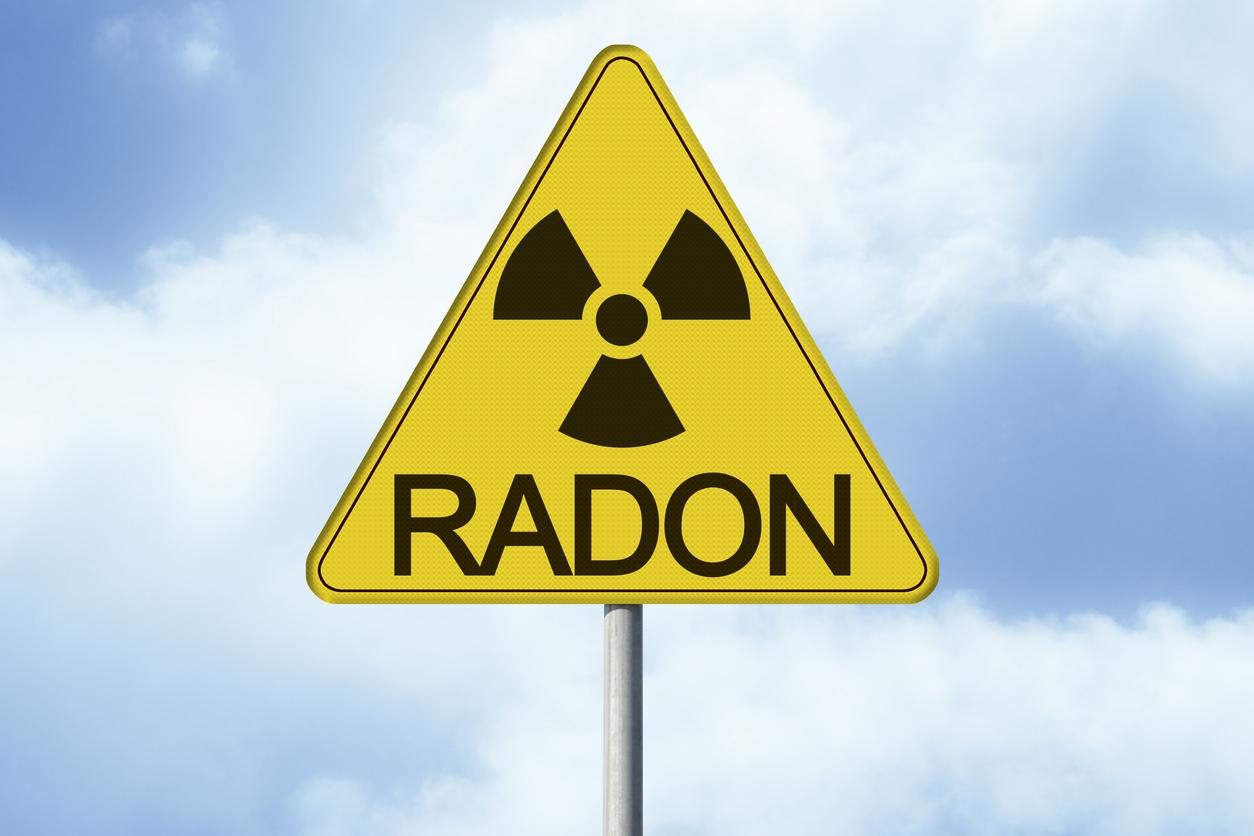
Malignant tumor in one or both ovaries
In ovarian cancer, a malignant tumor grows in one or both ovaries (ovaries), the organs that produce eggs and hormones. The ovaries are located at the end of the fallopian tubes. These are attached to the uterus. Because the ovaries are located quite deep in the pelvis, most women have no complaints at the beginning of the disease. As a result, ovarian cancer often only comes to light at a late stage.
A woman is born with hundreds of thousands of immature eggs in her ovaries. From puberty, under the influence of hormones, each menstrual cycle (usually) ripens one egg. About halfway through the cycle, the mature egg is released and she can become pregnant. This is called ovulation, or ovulation. When her eggs run out, she goes into menopause.
What is ovarian cancer?
Our body is constantly making new cells. This allows us to grow and replace damaged or senescent cells. However, something can go wrong in a cell’s genetic material, so that newly formed cells no longer have a useful function. They will divide uninhibitedly so that a tumor grows out. When this happens, it is called cancer.
Different types of ovarian cancer
In ovarian cancer (also called ovarian cancer), malignant tumors develop in the tissue of the ovaries. The type of cells that derail determines the type of ovarian cancer a person will get. Roughly speaking, we distinguish three different forms:
- Epithelial ovarian cancer (or adenocarnicoma): In this case, the cancer starts on the surface of the ovaries (the epithelium). This is the most common form (80-90 percent) of ovarian cancer. In 15 percent of all diagnoses it concerns a borderline case between a benign and malignant tumor. These are called ‘borderline epithelial tumors’.
- Gonodal stromal cell tumor: The cancer arises from the layer of tissue that produces hormones (the stroma). There are several types of tumors that fall into this group. This is usually a so-called ‘granulosa cell tumor’. Often it produces female sex hormones (estrogens). This can cause irregular bleeding.
- Germ cell tumor: The tumors arise from immature eggs. This form of ovarian cancer is very rare and mainly affects young girls.
Growth habits
In the early stages, the tumor is limited to one or both ovaries. From here, ovarian cancer can spread directly to surrounding tissues and organs, such as the fallopian tubes, bladder and intestines. Cancer cells can also break loose and move into the abdominal cavity. Here they can spread through the normal fluid flow in the abdominal cavity and metastasize to the lungs and other organs via the lymph nodes in this area. Since the ovaries lie freely in the abdominal cavity, this can happen already in the early stages of the disease. When ovarian cancer has spread to other tissues and/or organs, it is said to be at an advanced stage.
Numbers
Ovarian cancer is the second most common cancer of the female reproductive organs (labia, clitoris, sheath (vagina), uterus, fallopian tubes, ovaries). This disease is diagnosed annually in approximately 14 out of 100,000 Dutch women. That equates to about 1000 women. They are usually between 50 and 70 years old. In 70 percent of cases, ovarian cancer is only discovered at a late stage.
Causes and risk factors
Little is known about the development of ovarian cancer. There are indications that hormones play a key role. For example, the disease appears to be more common in women who:
- Had few or no children.
- Only later in life had their first child.
- Started menstruating early.
- Have reached menopause.
A large number of pregnancies and the use of contraception seem to prevent the risk of ovarian cancer.
Genetic predisposition
Hereditary predisposition is a risk factor in 5 to 10 percent of cases: women with a family history of uterine cancer, breast cancer or colorectal cancer are more likely to develop ovarian cancer.
The symptoms
Since the ovaries lie freely in the abdominal cavity, tumors growing here do not compress organs in the initial stage. As a result, early ovarian cancer usually has no or few symptoms. Symptoms often don’t appear until the disease has spread. You may then experience the following symptoms:
- A thickening stomach/bloated feeling.
- Difficulty eating due to feeling full.
These complaints are caused by fluid accumulation in the abdomen and/or the enlargement of the affected ovary(s).
- Nausea
- Abdominal or pelvic pain
- Peeing more than usual
- Constipation
- Irregular vaginal bleeding
- Sometimes the ovary rotates on its own axis, causing acute pain
- severe fatigue
- Unexplained Weight Loss
The above symptoms do not necessarily indicate ovarian cancer, but if they persist for more than three weeks, it is important to have a doctor examine you. If your stomach is getting thicker quickly, it is wise to go to the doctor immediately.
The diagnose
Various tests are needed to diagnose ovarian cancer and any metastases, including:
- General physical examination. The abdomen is usually examined first. For example, the doctor can also feel whether the lymph nodes in the neck are swollen.
- Internal examination. A so-called ‘duck’s beak’ (speculum) is inserted into the vagina to inspect the vagina and cervix.
- Ultrasound scan of the ovaries, fallopian tubes and uterus. This examination uses sound waves to visualize the internal genitals.
- Keyhole surgery (lacrosopia). Through a small incision just below the navel, the ovaries are examined with a thin, flexible viewing tube.
- blood test.
- CT or MRI scan. To detect possible metastases, an image is made of the body with X-rays.
The treatment
The treatment of ovarian cancer depends on the stage of the disease. The most commonly used forms of treatment are:
- Operation
- Chemotherapy
Often a combination of these treatments is used. Women with ovarian cancer are rarely irradiated.
Surgery and Chemotherapy
If the doctor suspects low-stage ovarian cancer, he will do “staging surgery.” He removes the tumor and looks for metastases in nearby organs and tissues. To be able to determine this, he takes pieces of tissue (biopsies) from various places in the abdominal cavity. These are examined under a microscope for the presence of cancer cells. If the disease is found to be at an early stage and not very aggressive, it may be sufficient to remove one ovary (instead of both ovaries and the uterus).
Debulking
Debulking is surgery performed when ovarian cancer has spread. In addition to the ovaries and uterus, as much visible malignant tissue as possible is removed (for example in the internal fat layer, liver, lymph nodes and intestines). This is usually followed by chemotherapy: cell-killing or cell division-inhibiting drugs are used to destroy any metastases that are not visible. It is also possible that the patient is first treated with chemotherapy and then with debulking surgery. If not all the cancer tissue can be removed because too much damage would occur to the organs, a second debulking operation sometimes follows after three courses of chemotherapy.
The prospects
When treating ovarian cancer at an early stage, the chance of a cure is good. Of all women treated for stage I disease, 70 to 100 percent are still alive after five years. At an advanced stage, the outlook is significantly worse. After five years, only 5 to 40 percent will be alive. If all visible metastases could be removed, the five-year survival is 60-70 percent.
Sources):
-
- Kanker.nl

















